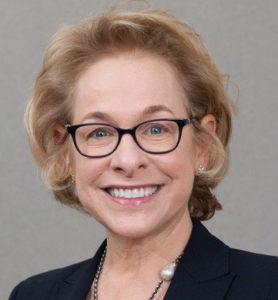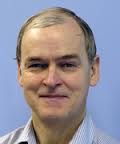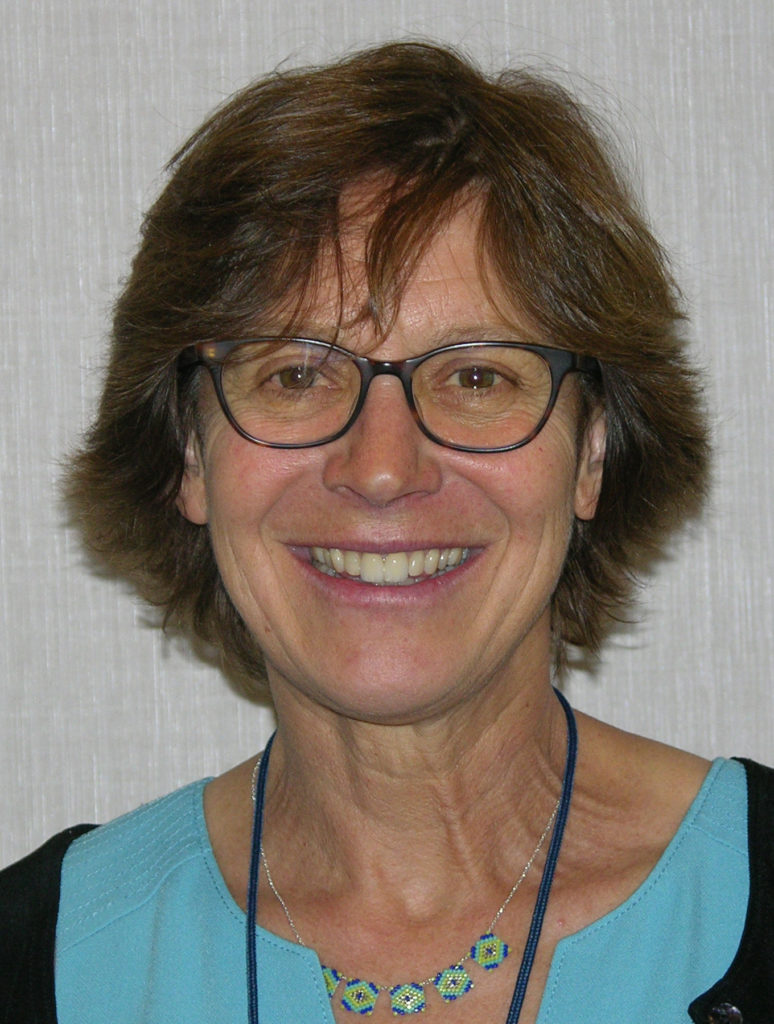Background
Accurate exposure estimation in radiation epidemiological studies is critical for precision health risk assessment. Failure to account appropriately for uncertainties and model assumptions could lead to biased results in dose-response analyses and interpretation. However, the dose assessment in many such studies is subject to considerable uncertainties, and several approaches have been used to incorporate the dose uncertainties into dose-response models. For example, one approach called corrected information matrix (CIM), has been developed and published recently by investigators of the U.S. Department of Energy (DOE) Russian Health Studies Program (RHSP) (Stram et al., Radiat Res, 195, 334-346). In this approach, lung cancer risks among Mayak nuclear workers were estimated based on uncertain doses measured from both external gamma rays and internal exposures from plutonium. However, other experts disagree with the statistical approach used in the RHSP (Simon et al., Radiat Res. 196, 449–451, 2021), suggesting that the resulting estimates provide a biased result. Therefore, DOE has requested that NCRP evaluate and compare different analytic approaches and prepare a commentary to provide guidance on the impact and interpretation of different strategies used for analyzing dose-response relationships when doses are uncertain under varying exposure scenarios.
Scope
- NCRP will establish a scientific committee to review current methods used to incorporate the dose uncertainties into dose-response models. The committee will be composed of leading scientific experts and will include statistical, dosimetric, and epidemiologic expertise.
- The NCRP will:
- organize a workshop to hear from experts about the interpretation of the results of studies with complex dosimetric assessments and substantial dose uncertainties;
- prepare the commentary as a result of discussions held at the workshop and other considerations by the Committee members;
- publish a summary of the commentary in a professional journal; and
- give presentations at one or more professional conferences.
Goal
To provide guidance on dose-response statistical modeling methodologies that incorporate dose uncertainties and to evaluate the advantages and drawbacks of the approaches that are currently in use. The NCRP will prepare a commentary covering studies of external and internal exposures and provide guidance relative to both shared and unshared uncertainty in dose calculations and the statistical uncertainties therein. Of particular interest are dose-response statistical methods in epidemiologic studies of internal emitters where doses are calculated using exposure and retention models with many parameters, and each parameter has uncertainties.
Membership

Jonine L. Bernstein is an Attending Epidemiologist at the Memorial Sloan-Kettering Cancer Center (MSKCC) in New York City. Her core research focus is on breast cancer and gliomas and on understanding cancer risk and progression in order to identify those at highest risk because of gene carrier status, environmental exposures, or a combination of both. Dr. Bernstein is the Principle Investigator of the National Cancer Institute (NCI)-funded international 24-center Women's Environmental Cancer Radiation and Epidemiologic (WECARE) Study which was specifically designed to examine the interaction of radiation exposure and genetic predisposition in breast cancer, especially radiation-associated contralateral breast cancer (CBC) among 3,700 women with CBC and unilateral breast cancer. The WECARE Study has served as the source population for studies of candidate genes such as BRCA1, BRCA2, CHEK2, and ATM, candidate gene pathways of DNA damage response involved in radiation-induced double-strand break repair—ATM, CHEK2, P53 binding protein (53BPI), and MDC1, Mre11, Rad50, and Nbs1 (e.g., MRN nuclease complex), a genome-wide association study, and most recently mammographic density. The global hypothesis across these studies is that women who carry certain types of mutations will be more susceptible to breast cancer than noncarriers, and possibly to radiation-associated breast cancer. Dr. Bernstein currently serves as a member of the Board of Directors of the American College of Epidemiology, the External Advisory group for the NCI-sponsored Breast Cancer Family Registry, the National Council on Radiation Protection and Measurements, and most recently the NCI Board of Scientific Counselors-Clinical Sciences and Epidemiology. For the past two years, she has served on the Organizing Committee of the American Statistical Association Conference on Radiation and Health (2012 and 2014 meetings), and was Co-Chair of the Third North American Congress of Epidemiology, held in June 2011 for which she was honored by the 2012 ACE Award for Leadership and Service in Epidemiology. Dr. Bernstein holds a PhD in Epidemiology from Yale University, an MS in Applied Biometry from the University of Southern California, and an AB from Brown University. Before joining the faculty at MSKCC, she was Deputy Director of the Division of Epidemiology at Mount Sinai School of Medicine. |

Harry M. Cullingswas Chief of the Statistics Department at the Radiation Effects Research Foundation (RERF) in Hiroshima and Nagasaki, Japan, until 2018 and is now a consultant to RERF, working on projects including new anthropomorphic dosimetry models of the human body and analysis of biodosimetry results. He has been conducting research at RERF since 1999. RERF is a public interest foundation funded by the Japanese Ministry of Health, Labour and Welfare and the U.S. Department of Energy (DOE). Dr. Cullings holds a BS in Fundamental Sciences from Lehigh University, and an MS in Medical Physics and PhD in Analytical Health Sciences (Biometrics) from the University of Colorado Health Sciences Center in Denver, Colorado. He completed a postdoctoral fellowship in Radiation Sciences, funded by the U.S. Department of Energy (DOE) at the University of Pittsburgh. The emphasis of Dr. Cullings’ research is on radiation dosimetry and other aspects of radiation epidemiology, including dosimetric uncertainty and applications of spatial statistics. Dr. Cullings has published numerous reports, papers in scientific journals, and book chapters on subjects related to radiation dosimetry and radiation health effects research. He served as a member of the Joint U.S.-Japan Working Group on the Reassessment of Atomic-Bomb Dosimetry, which created the Dosimetry System 2002 that is currently in use at RERF. Dr. Cullings served as a member of the executive council of the Radiation Research Society in 2019 to 2020. In 2020 he was appointed by the U.S. National Academy of Science to their Committee on the Assessment of Strategies for Managing Cancer Risks Associated with Radiation Exposure During Crewed Space Missions. Dr. Cullings was a member of the U.S. Environmental Protection Agency’s Radiation Advisory Committee from 2017 to 2021. |

Michael B. Bellamy
is employed at the Memorial Sloan Kettering Cancer Center and is an expert at applying high-performance radiation transport and internal kinetics algorithms to analyses that support patient, epidemiologic, and occupational radiation safety research and excellence. In addition to his ongoing expert dosimetric support of the NCRP Million Person Study on occupational radiation epidemiology, this Georgia Tech graduate has significant radiation protection professional service and affiliations. He serves as a consultant to the International Commission on Radiation Units and Measurements Report Committee 26 (operational radiation protection quantities for external radiation), a corresponding member on the International Commission on Radiological Protection Task Group 90 (age-dependent dose coefficients for external exposures to environmental sources), and a member on the American Nuclear Society Radiation Protection and Shielding Division subcommittees. Beyond his technical publications in the peer-reviewed literature, Dr. Bellamy has produced numerous federal agency reports [including for the U.S. Environmental Protection Agency (EPA)-Office of Radiation and Indoor Air, U.S. Nuclear Regulatory Commission, Centers for Disease Control and Prevention, EPA-SUPERFUND, and U.S. Department of Energy]. During his time at Oak Ridge National Laboratory (Center for Radiation Protection Knowledge) he worked on cancer risk estimates following inhalation or ingestion of radioactive materials, dose coefficients for external exposure from environmentally distributed radionuclides, dose-rate and dose associated with exposure to patients treated with 131I, neutron dose to the lens of the eye, as well as models and calculations on the relative biological effectiveness of low-energy electrons, photons, and radionuclides, and on other relevant topics of importance for the profession of radiation protection. |

Benjamin C. French
|

Mark P. Little
|

Carmen Tekwe
|

HELEN A. GROGAN
is President of Cascade Scientific, Inc., an environmental consulting firm. Dr. Grogan received her PhD from Imperial College of Science and Technology at the University of London in 1984 and has more than 25 y of experience in radioecology, environmental dose reconstruction, and the assessment of radioactive and nonradioactive hazardous wastes. She first worked at the Paul Scherrer Institute in Switzerland on the performance assessment of radioactive waste disposal for the Swiss National Cooperative for the Disposal of Radioactive Waste (Nagra). Dr. Grogan was actively involved in the early international cooperative efforts to test models designed to quantify the transfer and accumulation of radionuclides and other trace substances in the environment. Validation of computer models developed to predict the fate and transport of radionuclides in the environment remains a key interest of hers. In 1989 Dr. Grogan returned to the United Kingdom as a senior consultant to Intera Information Technologies before moving to the United States a few years later, where she has worked closely with Risk Assessment Corporation managing the technical aspects of a wide variety of projects that tend to focus on public health risk from environmental exposure to chemicals and radionuclides. Dr. Grogan has served on committees for the National Academy of Sciences, the International Atomic Energy Agency, the U.S. Environment Protection Agency, and NCRP. She co-edited the text book Radiological Risk Assessment and Environmental Analysis published by Oxford University Press in July 2008, and authored the chapter on Model Validation. |


 News & Events
News & Events